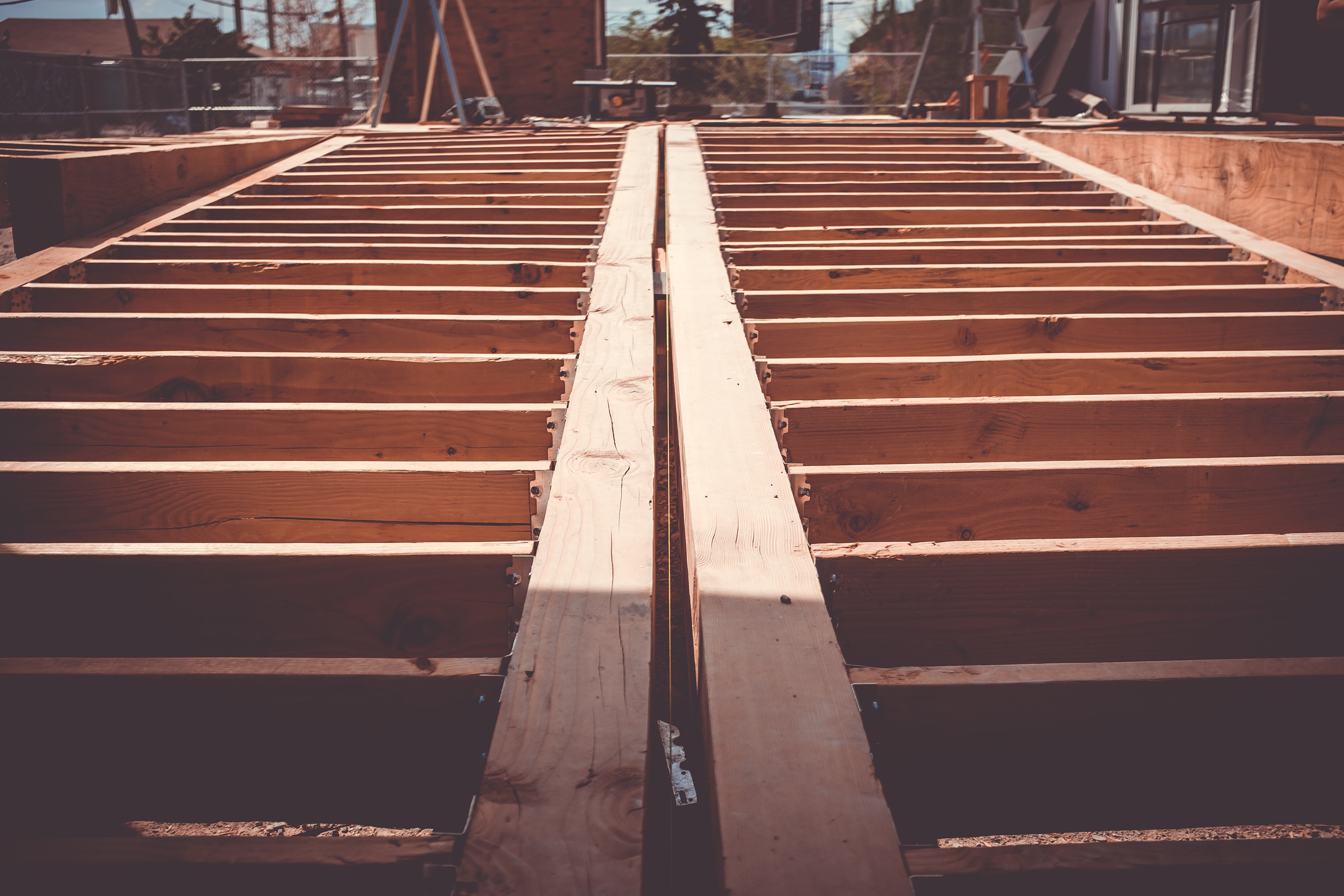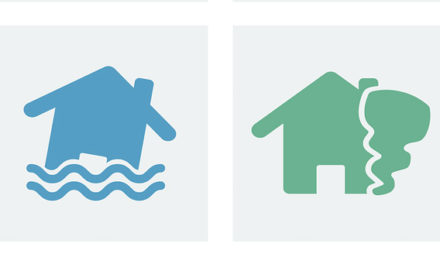On Monday, April 15, 2013, the National Association of Home Builders (NAHB) announced that the U.S. builder confidence index extended its decline into the month of April by dropping two points, to 42. The majority of builders who participate in the survey-based index expressed frustration over their inability to respond to the apparent increase in demand for new homes, citing the rising cost of materials and difficulty obtaining debt financing for the purpose of procuring those materials. Further, skilled labor and build-ready lots (those lots which have been cleared of obstacles, such as trees, and prepped for construction) continue to be in limited supply. The skilled labor workforce has been slow to recover from the recession, during which many workers were forced to change careers as construction stalled across the country. However, the component of the survey that gauges forward-looking (6-month) confidence rose from 50 to 53, the highest level since February 2007.
Also declining, the western United States posted a “current” confidence score of 55 and remains the strongest section of the country for builders’ optimism.
The Housing Market Index (HMI), managed by NAHB in partnership with Wells Fargo, is a benchmark measure that gauges industry’s outlook for home sales. Scores below 50 indicate that the majority of the nation’s (or region’s) home builders have poor expectations for sales activity in the upcoming months. While other measures of the housing market’s health look specifically at transactional data or economic activity, the HMI measures individual builder’s subjective outlook (through survey feedback) on the health of the housing market. In the chart below, acquired from NAHB, the HMI can be seen alongside actual new-home construction starts. Intuitively, there appears to be a strong correlation between the builder confidence score and the actual construction of new homes.
– Jonathan Kilpatrick






Recent Comments